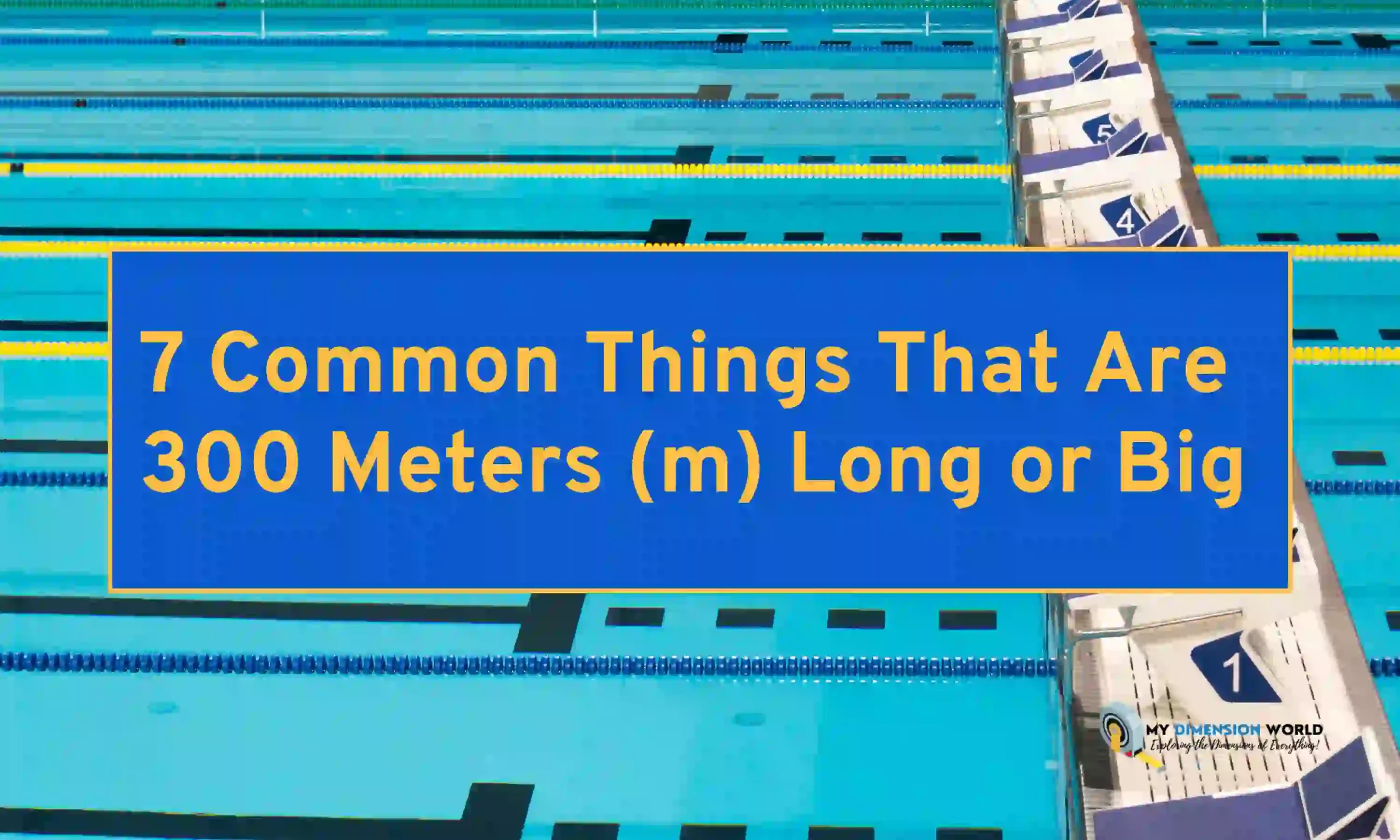Have you ever stopped to think about the sheer scale of some structures we interact with daily? From sports fields to skyscrapers, suspension bridges to cruise ships, many man-made structures can span 300 meters or more.
In this article, I will explore seven such structures, delving into the details of their size, design, and functionality. So buckle up, and get ready to be amazed by the sheer scale and ingenuity of some of humanity’s greatest creations.
1. Football Field (American)
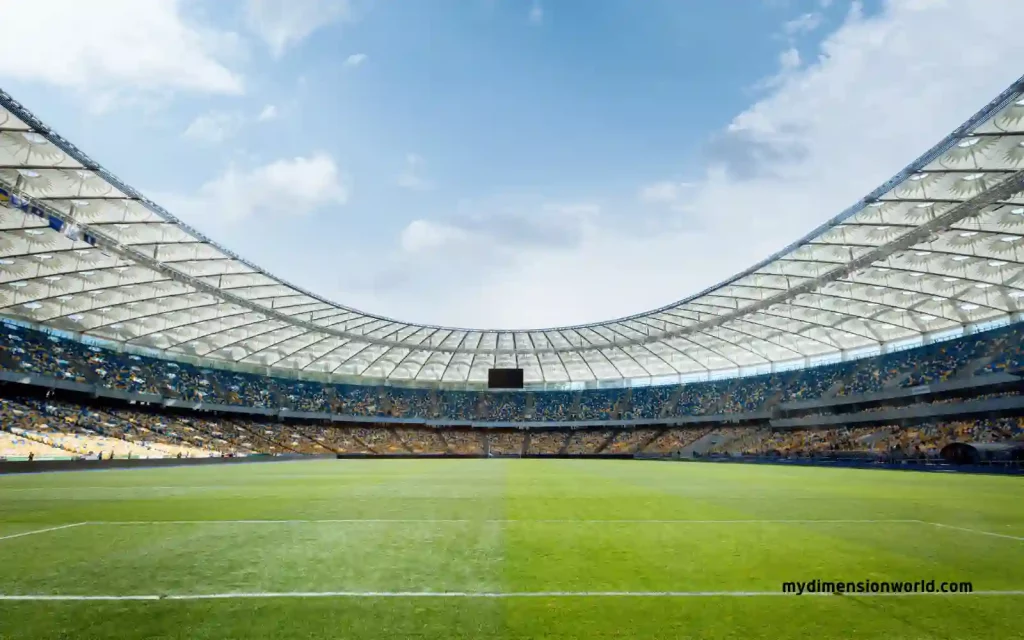

A standard American football field is approximately 300 feet (91.44 meters) long, which is just shy of 300 meters. The field measures 100 yards (91.44 meters) in length, with end zones of 10 yards (9.14 meters) at each end, dividing it into two halves.
The total length of the field, including both end zones, is 120 yards (109.73 meters).
American football games use the field, which requires two teams of 11 players each to participate. The objective of the game is to score points by advancing the ball into the opposing team’s end zone.
Players can advance the ball by running with it or throwing it to a teammate. The opposing team can stop the advance by tackling the player with the ball or intercepting a pass.
2. 3 x 100m Track
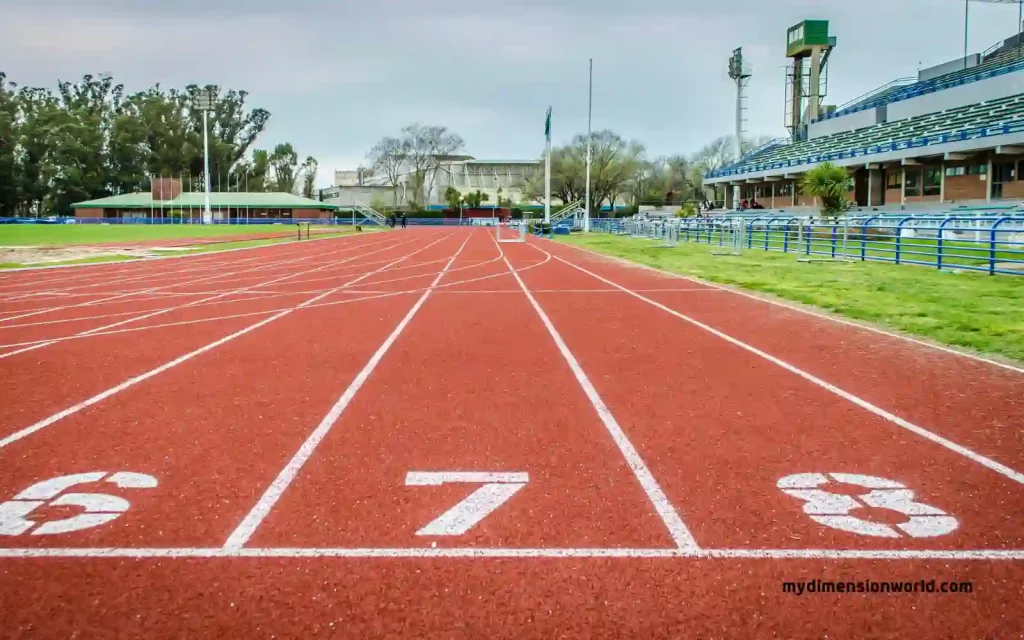

A 3 x 100m track is a type of running track that measures 300 meters in total. Athletes typically use the track for sprinting events, such as the 4x100m relay, as it consists of three straightaways, each measuring 100 meters long, connected by curves.
The 3 x 100m track is a standard size for many athletic competitions, including high school and collegiate events. It is also commonly used for training purposes by sprinters and other track and field athletes.
Overall, the 3 x 100m track is a versatile and important component of any track and field facility. Its compact size and ability to be used for both training and competition make it a valuable asset for athletes of all skill levels.
3. Olympic-sized swimming pool


An Olympic-sized swimming pool is 50 meters long, 25 meters wide, and 2 meters deep. Olympic and international aquatic competitions use the standard size of an Olympic-sized swimming pool. The pool has a volume of 2,500,000 liters and can hold up to 660,000 gallons of water.
The pool is divided into ten lanes, each 2.5 meters wide. The lanes are marked with ropes to help swimmers stay in their lanes and to prevent collisions. The pool also has a starting block at each end, which allows swimmers to push off and dive into the water at the beginning of a race.
To ensure swimmers’ comfort and optimal performance, the pool keeper maintains the water temperature between 77 and 82 degrees Fahrenheit (25 to 28 degrees Celsius). Additionally, they treat the water with chemicals to keep it clean and safe for swimmers.
4. Wells Fargo Plaza, Texas
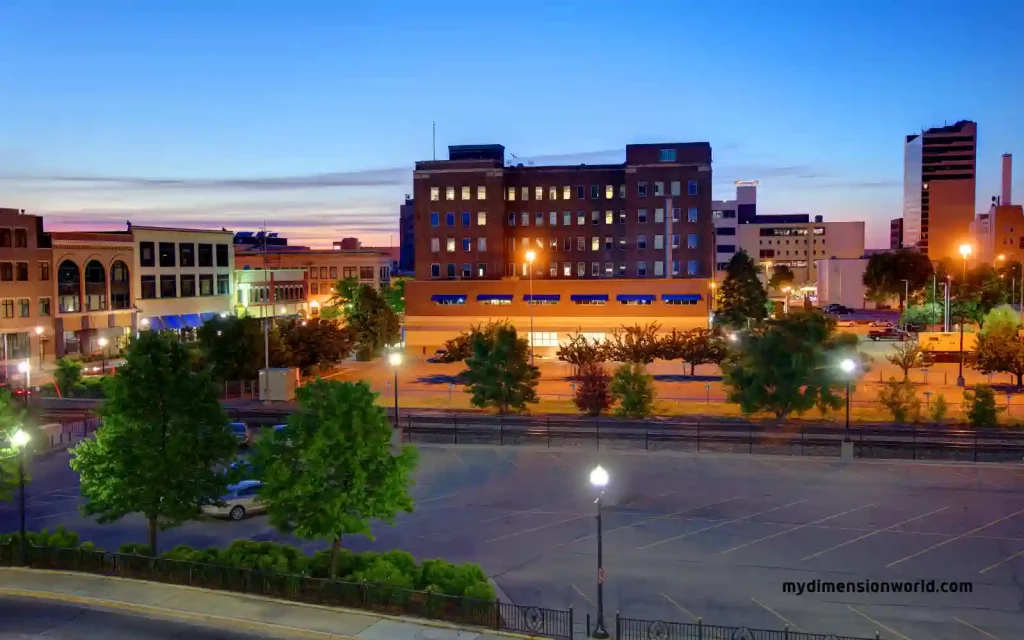

Wells Fargo Plaza is a 71-story skyscraper located in Houston, Texas. It stands at a height of 302 meters (991 feet) and is one of the tallest buildings in Texas. The building was completed in 1983 and has a total floor area of 1,787,000 square feet.
Skidmore, Owings & Merrill designed the tower, which features a distinctive shape with eight corners that taper as they rise. The building’s sleek and modern appearance comes from its polished granite and tinted glass exterior.
Wells Fargo Plaza is home to a variety of businesses and organizations, including law firms, financial institutions, and energy companies. The building has 1,200 parking spaces and is located in the heart of Houston’s Central Business District, making it easily accessible to commuters.
One of the unique features of Wells Fargo Plaza is its Sky Lobby, which is located on the 34th floor. The Sky Lobby offers stunning views of the city and is a popular spot for events and gatherings. The building also has several amenities for tenants, including a fitness center, conference rooms, and a cafeteria.
5. Cruise Ship
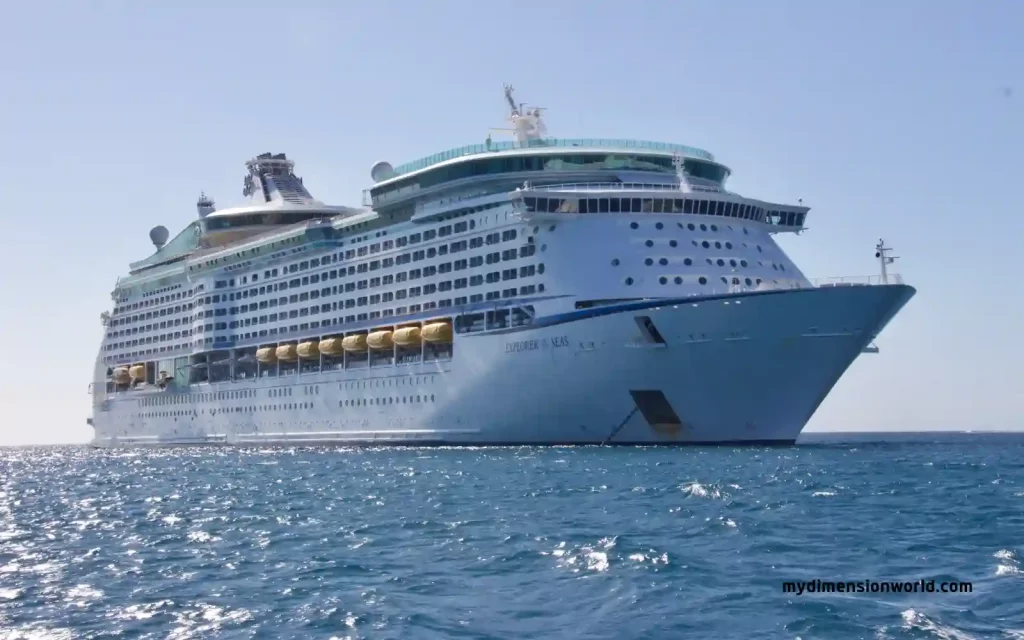

A typical cruise ship is around 300 meters long and can accommodate thousands of passengers. These massive vessels are designed to provide a luxurious and comfortable experience for travelers as they explore different destinations.
Cruise ships offer a wide range of amenities, including multiple restaurants, bars, swimming pools, spas, and entertainment venues. They also have various activities that cater to different age groups, such as kids’ clubs, casinos, and theaters.
One of the most impressive features of a cruise ship is its size. These vessels can weigh over 100,000 tons and have multiple decks with cabins and public spaces. To give you an idea of how big a cruise ship is, here are some comparisons:
- A typical football field is around 100 meters long, so a cruise ship is three times longer than that.
- The Eiffel Tower in Paris is 324 meters tall, which means a cruise ship is almost as long as the tower is tall.
Cruise ship designers incorporate advanced technologies to reduce their carbon footprint and ensure they are environmentally friendly despite their size. They also adhere to strict safety regulations to ensure the well-being of their passengers and crew.
6. Large Suspension Bridge


One of the most iconic structures that can span 300 meters is a large suspension bridge. These bridges are designed to support the weight of vehicles and pedestrians as they cross a body of water or a deep valley.
The way suspension bridges receive their support is by suspending the roadway from cables anchored to towers on either side of the bridge. Massive anchors buried deep in the ground hold the cables in place.
The Akashi Kaikyo Bridge in Japan is one of the largest suspension bridges in the world. It spans 1,991 meters and took nearly a decade to construct. The bridge is designed to withstand typhoons, earthquakes, and strong ocean currents.
The George Washington Bridge in New York City is another famous suspension bridge that spans 1,067 meters. It was completed in 1931 and was the longest suspension bridge in the world until 1937.
Suspension bridges are impressive feats of engineering that require careful planning and construction. They provide a vital link for transportation and commerce and are often considered landmarks in their respective cities.
7. Oil Tanker
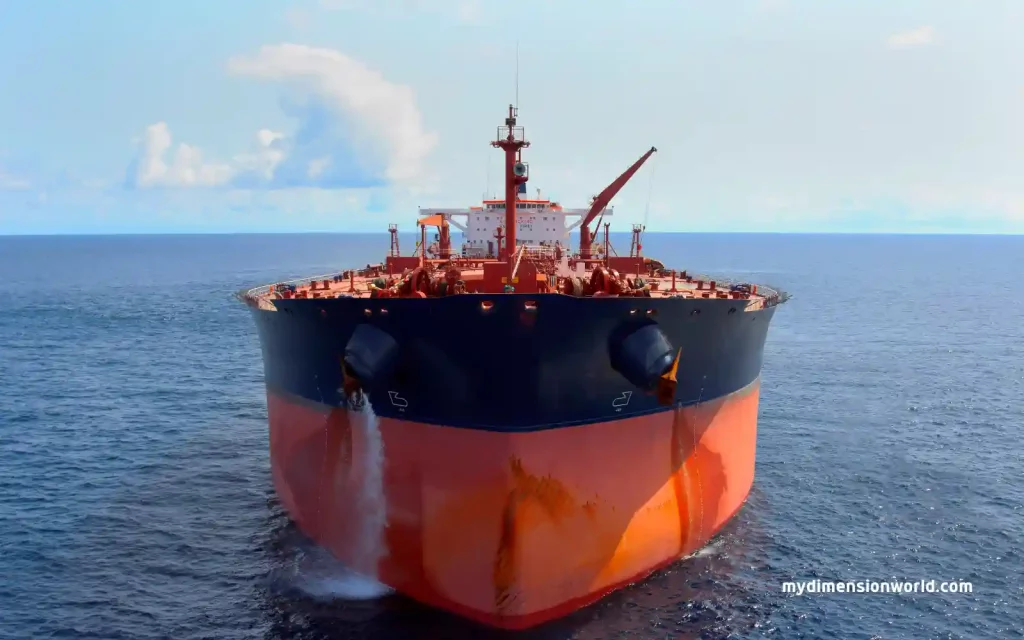

Designers create oil tankers as large vessels for transporting crude oil, petroleum products, and other liquid cargoes in bulk. They have the capacity to carry immense amounts of oil, ranging from 500,000 to 2 million barrels.
These ships can reach lengths of up to 300 meters, making them some of the largest vessels on the water. The builders construct oil tankers with reinforced hulls and double bottoms to prevent oil spills in case of an accident.
Typically powered by diesel engines, oil tankers can travel at speeds of up to 15 knots.
The crew equips oil tankers with navigation systems such as radar to navigate through harsh weather conditions and avoid collisions with other vessels.

